Vertical farming is a game-changer in the world of agriculture. It’s a sustainable and space-efficient way to grow crops, especially in urban areas where land is limited. By utilizing vertical space, you can produce a wide variety of crops in a smaller footprint while conserving resources like water and energy. In this article, we’ll explore the top 10 vertical farming crops that can help you maximize space and sustainability in your indoor garden.
Read, Also >>>>>> A Study Guide on How Swiss Vertical Farms for Sustainable Food Production is Revolutionizing Agriculture
1. Lettuce
Lettuce is an excellent choice for vertical farming. It grows quickly, doesn’t require much space, and thrives in hydroponic systems. You can stack multiple levels of lettuce trays, making efficient use of vertical space. Plus, it’s a staple in salads and sandwiches, making it a popular choice for home gardeners.
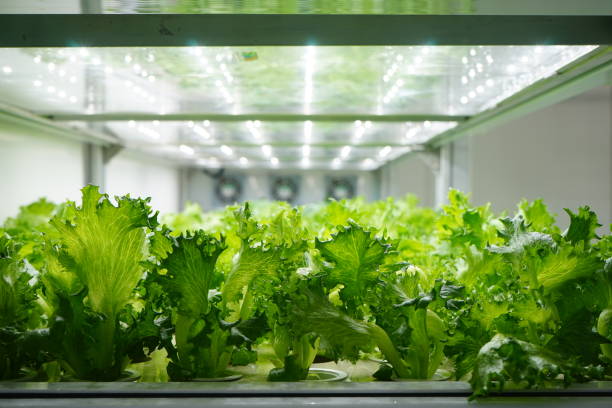
2. Herbs
Herbs like basil, mint, and cilantro are perfect for vertical farming. They’re compact, aromatic, and can be grown in small pots or hanging planters. Fresh herbs are always in demand, and growing them vertically ensures a steady supply in your kitchen.
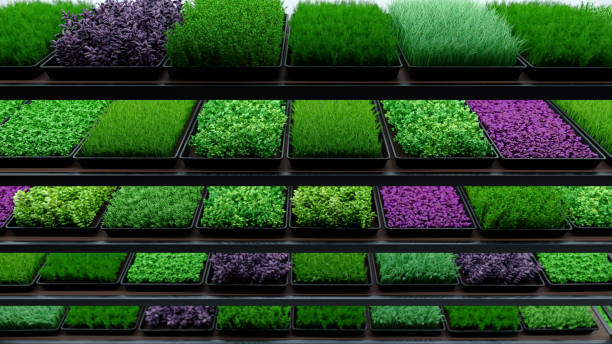
3. Strawberries
Imagine plucking ripe strawberries from vertical tiers in your indoor garden. Strawberries grow well in vertical systems, and their colorful fruits add a delightful touch to your space. With the right setup, you can enjoy strawberries year-round.
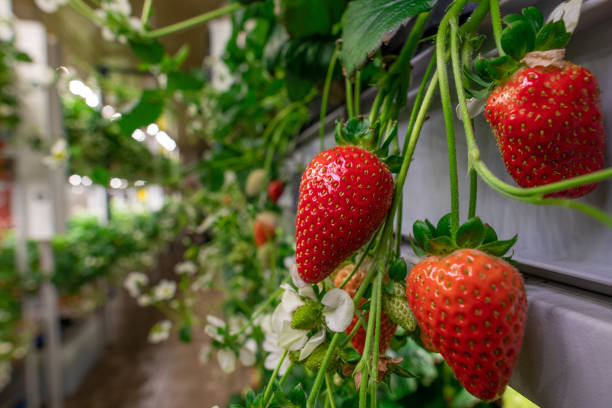
4. Tomatoes
Tomatoes are a versatile crop that can be grown vertically. You’ll need sturdy trellises or cages to support the plants, but the reward is worth it. Fresh, homegrown tomatoes have a rich flavor that’s hard to beat.

5. Bell Peppers
Bell peppers are another great choice for vertical farming. These colorful veggies thrive in containers or hanging bags. They take up minimal space while offering a variety of culinary possibilities.
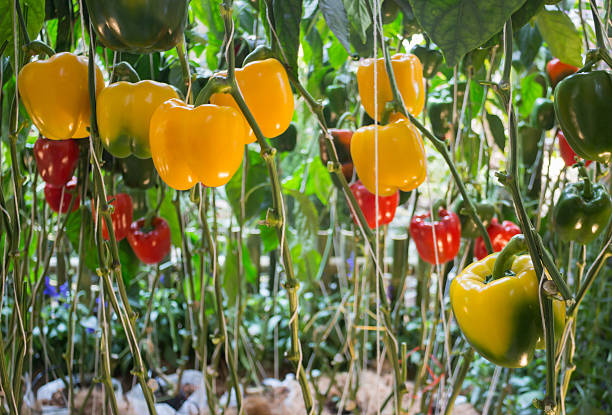
6. Microgreens
Microgreens are tiny but packed with flavor and nutrients. They are incredibly space-efficient and can be grown on trays or shallow containers. Popular varieties include arugula, radish, and broccoli microgreens.
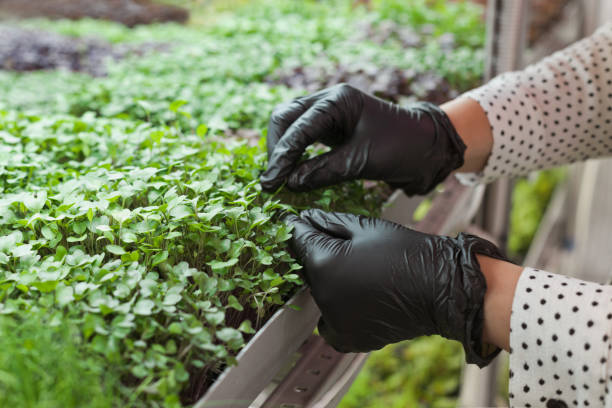
7. Cucumbers
Cucumbers are known for their sprawling vines, but you can train them to grow vertically. Choose bush cucumber varieties or use vertical supports like trellises. Vertical cucumber gardening saves space and keeps the fruit off the ground, reducing the risk of pests and diseases.
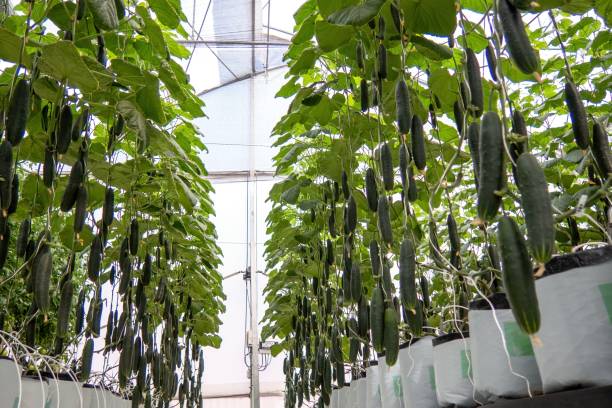
8. Peas
Growing peas vertically is an excellent way to save space. Use trellises or netting to support the climbing vines. You’ll enjoy sweet, tender peas and maximize your garden’s productivity.
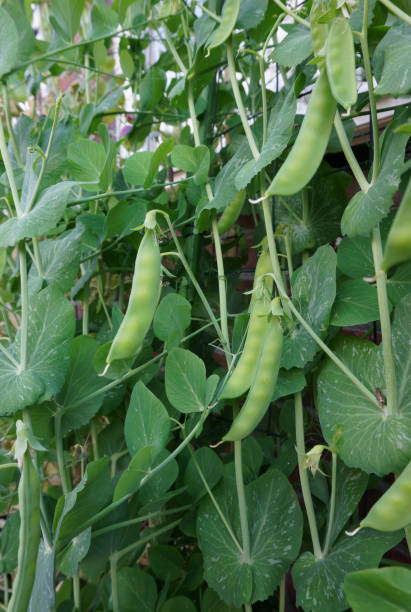
9. Kale
Kale is a nutritional powerhouse, and it’s well-suited for vertical farming. Its compact growth habit makes it perfect for stacking trays or shelves. Plus, it’s a hardy leafy green that can withstand various growing conditions.
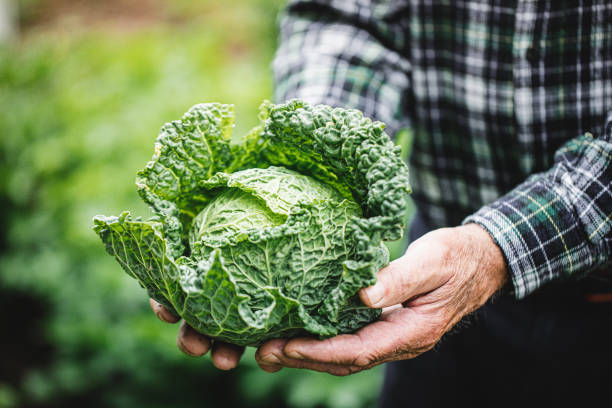
10. Cherry Tomatoes
Cherry tomatoes are a smaller alternative to regular tomatoes and are ideal for vertical farming. These bite-sized treats can be grown in hanging containers or upside-down planters, making the most of your vertical space.

Now that you know about these top 10 vertical farming crops, let’s discuss some essential tips for successful vertical gardening:
Read, Also >>>>>> A Study Guide on How Swiss Vertical Farms for Sustainable Food Production is Revolutionizing Agriculture
Vertical Farming Tips:
Lighting:
Ensure your crops receive adequate light. LED grow lights are energy-efficient and provide the spectrum of light plants need for healthy growth.
Watering:
Use a drip irrigation system to conserve water and deliver it directly to the plant’s roots.
Nutrients:
Implement a nutrient-rich hydroponic or aeroponic system to provide plants with essential minerals.
Spacing:
Plan your vertical garden layout carefully to maximize space and prevent overcrowding.
Maintenance:
Regularly inspect your crops for pests and diseases to address issues promptly.
Rotation:
Rotate your crops to prevent soil depletion and optimize nutrient uptake.
Harvesting:
Harvest your crops at the peak of freshness to enjoy the best flavor and nutritional value.
Vertical farming is an innovative and sustainable way to grow your own fresh produce, no matter where you live. By choosing the right crops and following best practices, you can maximize space and sustainability in your indoor garden. Start small, experiment, and enjoy the bountiful rewards of vertical farming.
In conclusion, vertical farming offers a multitude of benefits, from saving space to reducing environmental impact. The top 10 crops listed here are just the beginning; there are countless possibilities for growing vertically. So, why not embark on your vertical farming journey today and savor the joys of fresh, homegrown produce year-round? Happy farming!
Read, Also >>>>>> A Study Guide on How Swiss Vertical Farms for Sustainable Food Production is Revolutionizing Agriculture









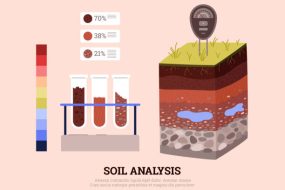


3 replies on “Top 10 Vertical Farming Crops You Should Grow and How It is Maximizing Space and Sustainability”
[…] Determine your target market and the crops you want to grow. Consider factors like market demand, local preferences, and your own interests. Popular choices include herbs, leafy greens, and microgreens. […]
[…] Read, Also >>>>>> Top 10 Vertical Farming Crops You Should Grow and How It is Maximizing Space and Sustainability […]
[…] Read, Also >>>>>> Top 10 Vertical Farming Crops You Should Grow and How It is Maximizing Space and Sustainability […]